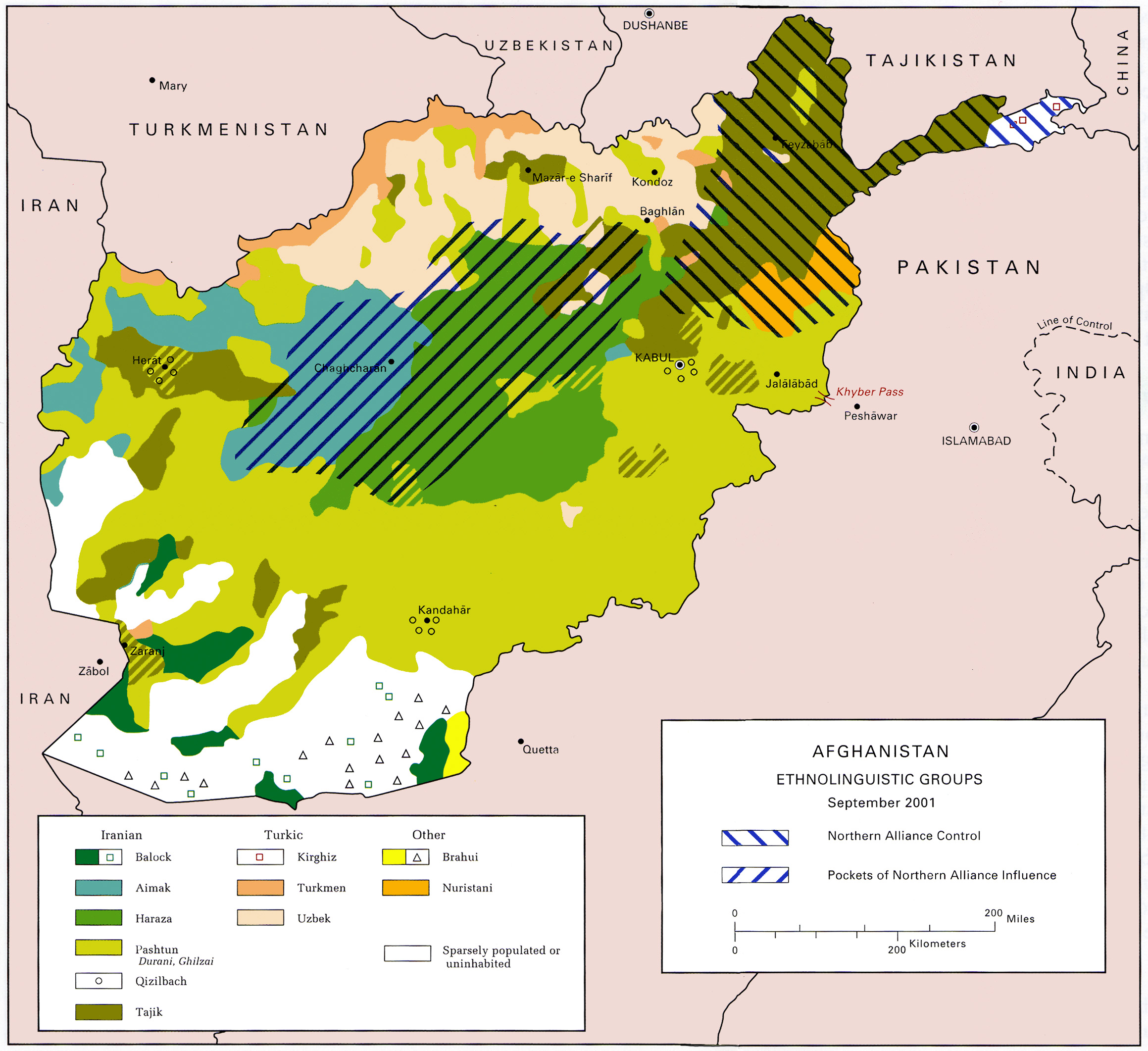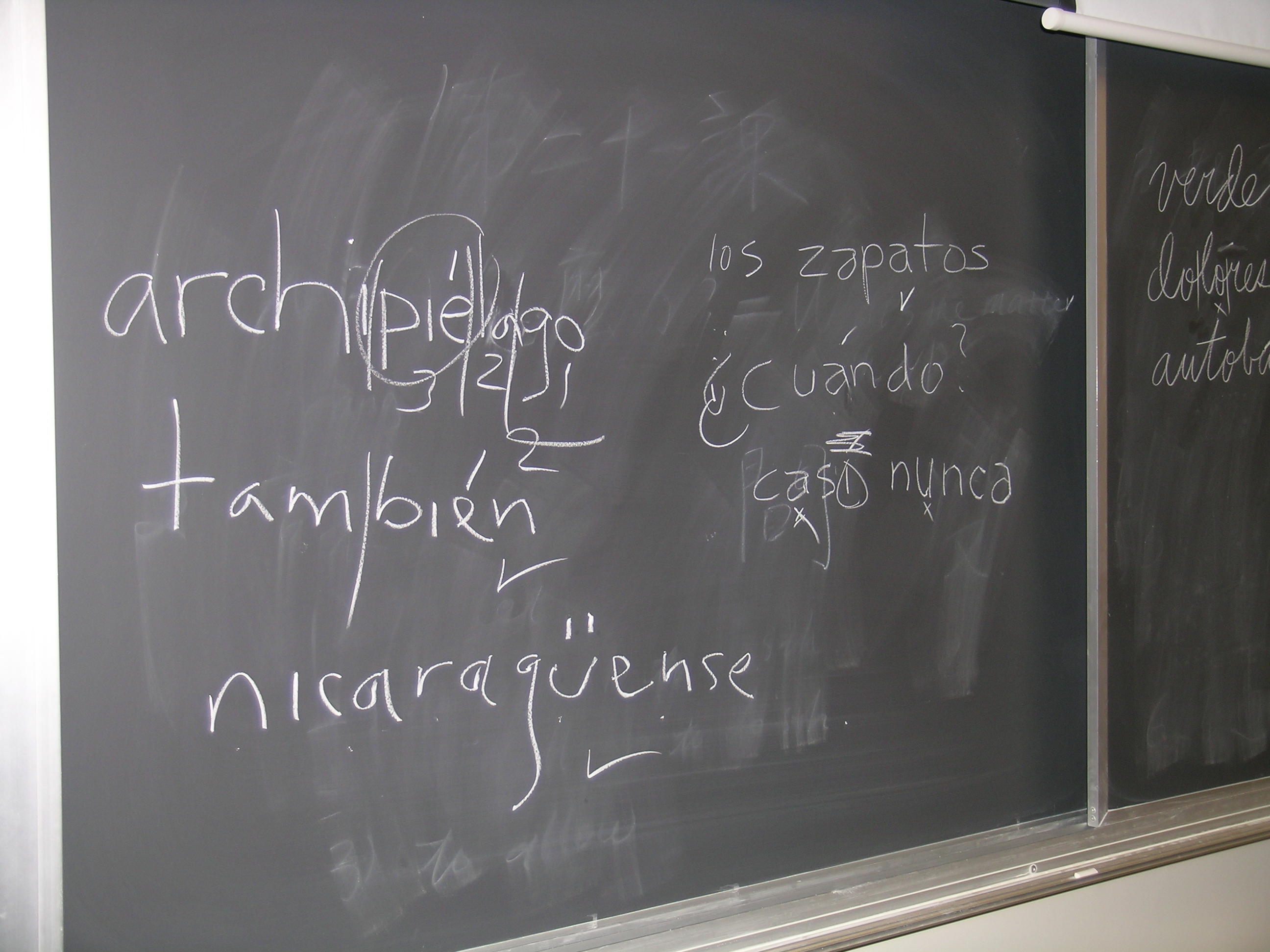|
Wasi-wari Language
Prasun is a Nuristani language spoken in the Prasun Valley in Afghanistan. Prasun belongs to the Indo-European language family, and is on the Nuristani group of the Indo-Iranian branch. Prasun is considered as the most divergent of the Nuristani languages. The Prasun-speaking people are now mostly Muslim since the imposition of Islam by the Afghan ruler Abdur Rahman Khan in 1895. They first followed out of intimidation, then became more devout as younger generations studied Islamic scriptures in Pakistan and India and came back to preach Islam, but they also keep some vestiges of their indigenous pre-Islamic religion. Literacy rates are low: below 1% for people who have it as a first language, and between 15% and 25% for people who have it as a second language. Name The endonym ''Vâsi'' is ultimately cognate with Kamviri ''Přâsü̃'' (whence the name ''Prasun'') and Katë ''Přâsiu'' . Demographics Prasun is a language spoken by the Vâsi (Prasuni) people who are lo ... [...More Info...] [...Related Items...] OR: [Wikipedia] [Google] [Baidu] |
Afghanistan
Afghanistan, officially the Islamic Emirate of Afghanistan, is a landlocked country located at the crossroads of Central Asia and South Asia. It is bordered by Pakistan to the Durand Line, east and south, Iran to the Afghanistan–Iran border, west, Turkmenistan to the Afghanistan–Turkmenistan border, northwest, Uzbekistan to the Afghanistan–Uzbekistan border, north, Tajikistan to the Afghanistan–Tajikistan border, northeast, and China to the Afghanistan–China border, northeast and east. Occupying of land, the country is predominantly mountainous with plains Afghan Turkestan, in the north and Sistan Basin, the southwest, which are separated by the Hindu Kush mountain range. Kabul is the country's capital and largest city. Demographics of Afghanistan, Afghanistan's population is estimated to be between 36 and 50 million. Ancient history of Afghanistan, Human habitation in Afghanistan dates to the Middle Paleolithic era. Popularly referred to as the graveyard of empire ... [...More Info...] [...Related Items...] OR: [Wikipedia] [Google] [Baidu] |
Pakistan
Pakistan, officially the Islamic Republic of Pakistan, is a country in South Asia. It is the List of countries and dependencies by population, fifth-most populous country, with a population of over 241.5 million, having the Islam by country#Countries, second-largest Muslim population as of 2023. Islamabad is the nation's capital, while Karachi is List of cities in Pakistan by population, its largest city and financial centre. Pakistan is the List of countries and dependencies by area, 33rd-largest country by area. Bounded by the Arabian Sea on the south, the Gulf of Oman on the southwest, and the Sir Creek on the southeast, it shares land borders with India to the east; Afghanistan to the west; Iran to the southwest; and China to the northeast. It shares a maritime border with Oman in the Gulf of Oman, and is separated from Tajikistan in the northwest by Afghanistan's narrow Wakhan Corridor. Pakistan is the site of History of Pakistan, several ancient cultures, including the ... [...More Info...] [...Related Items...] OR: [Wikipedia] [Google] [Baidu] |
Dardic Languages
The Dardic languages (also Dardu or Pisaca), or Hindu-Kush Indo-Aryan languages, are a group of several Indo-Aryan languages spoken in northern Pakistan, northwestern India and parts of northeastern Afghanistan. This region has sometimes been referred to as Dardistan. Rather than close linguistic or ethnic relationships, the original term Dardic was a geographical concept, denoting the northwesternmost group of Indo-Aryan languages. There is no ethnic unity among the speakers of these languages nor can the languages be traced to a single ancestor. After further research, the term "Eastern Dardic" is now a legitimate grouping of languages that excludes some languages in the Dardistan region that are now considered to be part of different language families. The extinct Gandhari language, used by the Gandhara civilization, from circa 1500 BCE, was Dardic in nature. Linguistic evidence has linked Gandhari with some living Dardic languages, particularly Torwali and other Kohistani ... [...More Info...] [...Related Items...] OR: [Wikipedia] [Google] [Baidu] |
Kalasha-ala
Nuristani Kalasha ('), also known as ''Waigali'', is a Nuristani language spoken by about 10,000 people in the Nuristan Province of Afghanistan. The native name is ''Kalaṣa-alâ'' 'Kalasha-language'. "Waigali" refers to the dialect of the Väi people of the upper part of the Waigal Valley, centered on the town of Waigal, which is distinct from the dialect of the Čima-Nišei people who inhabit the lower valley. The word 'Kalasha' is the native ethnonym for all the speakers of the southern Nuristani languages. Nuristani Kalasha belongs to the Indo-European language family, and is in the southern Nuristani group of the Indo-Iranian branch. It is closely related to Zemiaki and to Tregami, the lexical similarity with the latter being approximately 76% to 80%. It shares its name with the Indo-Aryan Kalasha language (''Kalaṣa-mun''), spoken in Pakistan's southern Chitral District, but the two languages belong to different branches of Indo-Iranian. Speakers of Nuristani ... [...More Info...] [...Related Items...] OR: [Wikipedia] [Google] [Baidu] |
Askunu Language
Ashkun (') is a Nuristani language spoken by the Ashkun people – also known as the Âṣkun, Âṣkuňu, Askina, Saňu, Sainu, Yeshkun, Wamas, or Grâmsaňâ – from the region of the central Pech Valley around Wama, Afghanistan, Wâmâ and in some eastern tributary valleys of the upper Alingar River in Afghanistan's Nuristan Province. Other major places where the language of Ashkun is spoken are Nuristan Province, Pech Valley in Wama District, eastern side of the Lower Alingar Valley in Nurgaram and Duab districts, Malil wa Mushfa, Titin, Kolatan and Bajagal valleys. It is classified as a member of the Nuristani languages, Nuristani sub-family of the Indo-Iranian languages. Name The name ''Ashkun'' comes from ''Âṣkuňu'' in the local language. The alternative name ''Saňu'' in Ashkun, denoting a group of people living in Wâmâ, has cognates in other Nuristani languages, such as Kamviri dialect, Kamviri ''Ćâňu'' , Kata-vari dialect, Katë ''Ćâvřu'' , and Wasi-wari, ... [...More Info...] [...Related Items...] OR: [Wikipedia] [Google] [Baidu] |
Dialect
A dialect is a Variety (linguistics), variety of language spoken by a particular group of people. This may include dominant and standard language, standardized varieties as well as Vernacular language, vernacular, unwritten, or non-standardized varieties, such as those used in developing countries or isolated areas. The non-standard dialects of a language with a writing system will operate at different degrees of distance from the standardized written form. Standard and nonstandard dialects A ''standard dialect'', also known as a "standardized language", is supported by institutions. Such institutional support may include any or all of the following: government recognition or designation; formal presentation in schooling as the "correct" form of a language; informal monitoring of everyday Usage (language), usage; published grammars, dictionaries, and textbooks that set forth a normative spoken and written form; and an extensive formal literature (be it prose, poetry, non-ficti ... [...More Info...] [...Related Items...] OR: [Wikipedia] [Google] [Baidu] |
Nuristan Province
Nuristan, also spelled as Nurestan or Nooristan (Pashto: ; Katë: ), is one of the 34 provinces of Afghanistan, located in the eastern part of the country. It is divided into seven districts and is Afghanistan's least populous province, with a population of around 167,000. Parun serves as the provincial capital. Nuristan is bordered on the south by Laghman and Kunar provinces, on the north by Badakhshan province, on the west by Panjshir province, and on the east by Pakistan. The origin of the local Nuristani people has been disputed, ranging from being the indigenous inhabitants forced to flee to this region after refusing to surrender to invaders, to being linked to various ancient groups of people and the Turk Shahi kings. Some Nuristanis claim being descendants of the Greek occupying forces of Alexander the Great. It was formerly called Kafiristan () ("Land of the Infidels") until the inhabitants were forcibly converted from an animist religion with elements from In ... [...More Info...] [...Related Items...] OR: [Wikipedia] [Google] [Baidu] |
Pech River
The Pech River () is located in eastern Afghanistan. Course The Pech River system is fed from glaciers and snow from the Hindu Kush range to its north. The river rises in central Nuristan Province and flows south and southeasterly through the center of Kunar Province, joining the Kunar River (Asmar River, ''Loy Seend'') at the provincial capital of Asadabad. The Kunar is a tributary of the Kabul River, part of the Indus River basin. The river has numerous tributaries forming valleys on both sides. These include the Chapa Dara, Waygal, Korangal Valley (site of the film '' Restrepo''), Watapur, and Sharyak valleys. Culture In the Pech Valley, Pashto and the Askunu languages are spoken. The Safi tribe of Pashtuns is the majority population in the Pech Valley. The river's largest settlement is Nangalam, at the confluence of the Waygal River with the Pech River. Military history There were a series of U.S. military bases along the Pech River Valley in Kunar Province, incl ... [...More Info...] [...Related Items...] OR: [Wikipedia] [Google] [Baidu] |
Second Language
A second language (L2) is a language spoken in addition to one's first language (L1). A second language may be a neighbouring language, another language of the speaker's home country, or a foreign language. A speaker's dominant language, which is the language a speaker uses most or is most comfortable with, is not necessarily the speaker's first language. For example, the Canadian census defines first language for its purposes as "What is the language that this person first learned at home in childhood and still understands?", recognizing that for some, the earliest language may be lost, a process known as language attrition. This can happen when young children start school or move to a new language environment. Second-language acquisition The distinction between acquiring and learning was made by Stephen Krashen as part of his monitor theory. According to Krashen, the ''acquisition'' of a language is a natural process; whereas ''learning'' a language is a conscious one. In ... [...More Info...] [...Related Items...] OR: [Wikipedia] [Google] [Baidu] |



